|
Flamingo-TBFC Now that I have a feel of this TB W6-789E, it’s time to work on the passive crossover. It has been almost two years since I last worked on speakers. It’s refreshing that I’m back on my feet.
Unlike the active bi-amped Flamingo-TBFC which is with a 24dB/oct electronic crossover, this passive version is asymmetric. The 789E woofer has a 12dB/oct Low Pass (Blue plot) while the 27TBFC is High Passed at 18dB/oct (Red plot).
The Black plot in Fig 2 is the crossover passband. It’s encouraging to see a good summation. No cancellations are recorded across the passband.
The Violet plot in Fig 3 is the null response when the tweeter is wired in reversed phase. With this passive crossover, the two drivers are almost time-aligned. Not so with the active version.
Fig 4 is the Flamingo-TBFC final frequency response. There is a slight summation gain from2kHz~4kHz. I did not detect any issues during auditioning. If anything at all, it adds a nice touch to the upper midrange.
Fig 5 is something I never expected. The 789E leading edge is smooth and linear. No glitches along the way. It has a beautiful apex at 250microsec. This is “fast” compared to some of the woofers I tested before. The trailing edge shows it decays linearly to 1.25msec, followed by some overhang to 2msec. This is indeed quite a respectable step.
The Spectrograms in Fig 6 recorded some “hotness” centered at 2.5kHz and 3.5kHz. This coincides with the response in Fig 4.
Excess energy from the Toneburst plot (Fig 7) is seen from 3kHz to 6kHz.
When viewed with a Waterfall plot (Fig 8), these excess energy are the artifacts at 3kHz and 5.5kHz. They are inaudible as they dissipate by 1.5msec.
Fig 9 shows the 2nd Harmonics at 0.343% while the 3rd Harmonics at 0.38%. Basically, they are about 50dB below the fundamental. I doubt we can hear anything that low down. Summary This passive Flamingo-TBFC is an excellent choice for your general listening pleasure. I did not have to use a baffle step compensation network to lower the midrange. The bass on it’s own, is loud enough without overwhelming the vocals. In the end, this is an easier solution then running bi-amp. Active systems are more complicated. One needs an electronic crossover, an extra amplifier, a microphone and a measuring system. Not many readers are prepared to invest in these nor are they necessary. It doesn’t mean that an active system always sounds better than a passive one, as this case has shown. I am presently listening to this speaker with a passive crossover and I am tickled by how good it sounds. I can live with this Flamingo-TBFC. I like to keep things simple. Unless otherwise stated, all measurements were made in Full Space (4 pi) with the mic at 36 ins, tweeter axis. Impulse Window=5ms. No smoothing applied. |

February 25, 2023Projects
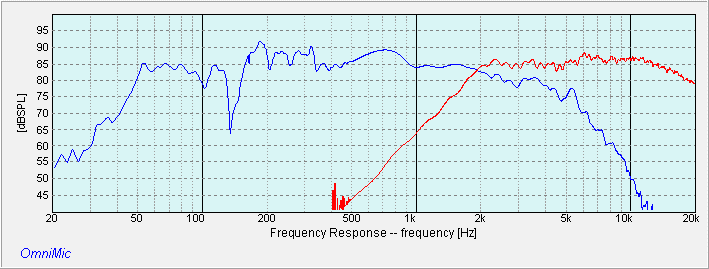 Fig 1 – Tang Band W6-789E with Seas 27TBFC at 2K
Fig 1 – Tang Band W6-789E with Seas 27TBFC at 2K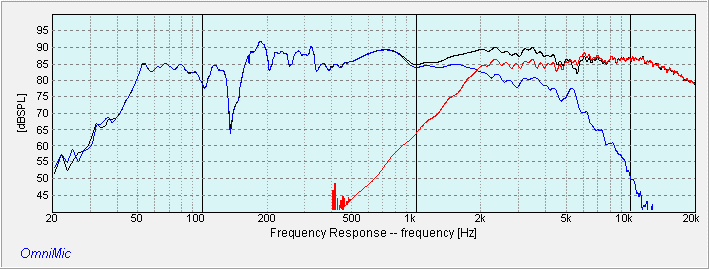 Fig 2 – Crossover Pass Band
Fig 2 – Crossover Pass Band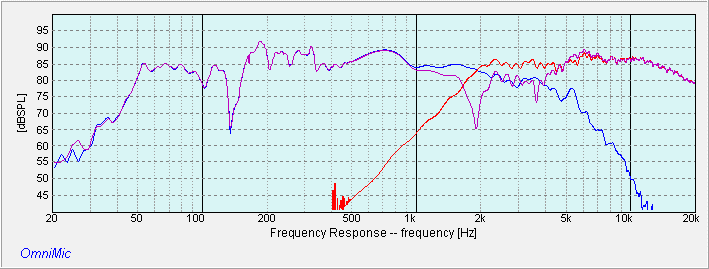
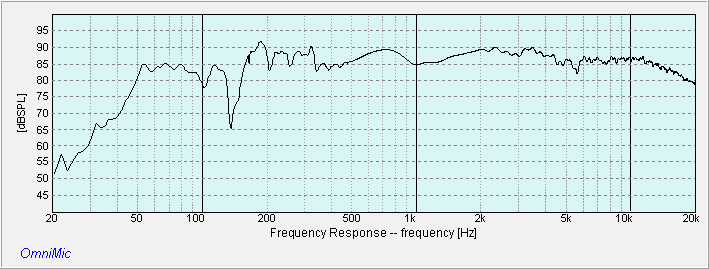 Fig 4 – Flamingo-TBFC Response
Fig 4 – Flamingo-TBFC Response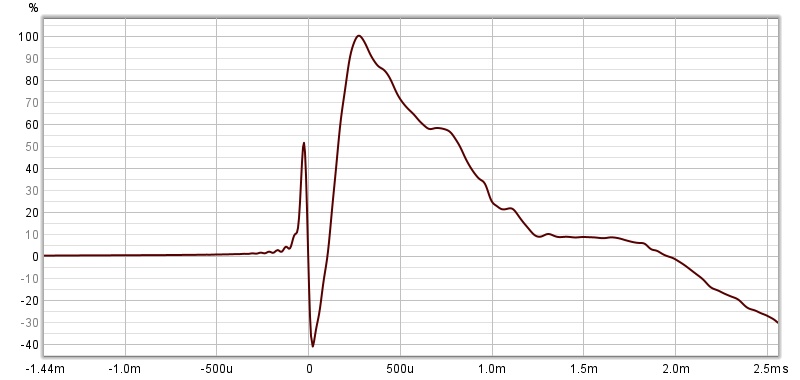 Fig 5 – Step Response
Fig 5 – Step Response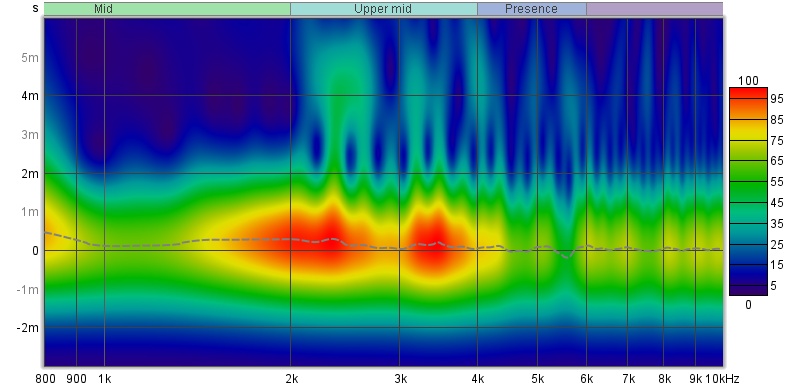
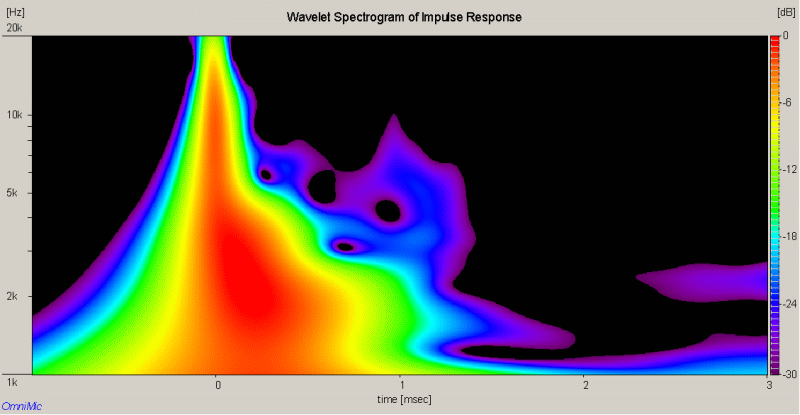 Fig 6 – Spectrogram
Fig 6 – Spectrogram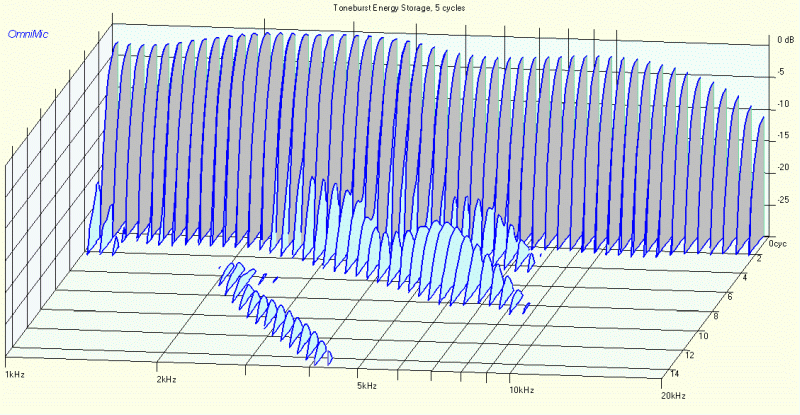 Fig 7 – ToneBurst Energy Storage
Fig 7 – ToneBurst Energy Storage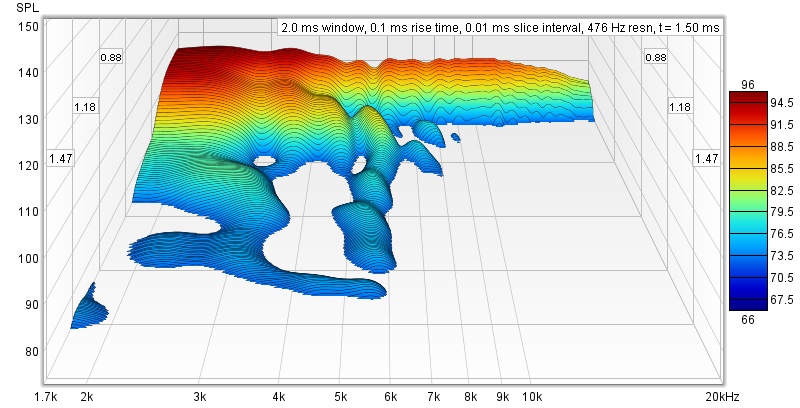 Fig 8 – Cumulative Spectral Decay (CSD)
Fig 8 – Cumulative Spectral Decay (CSD)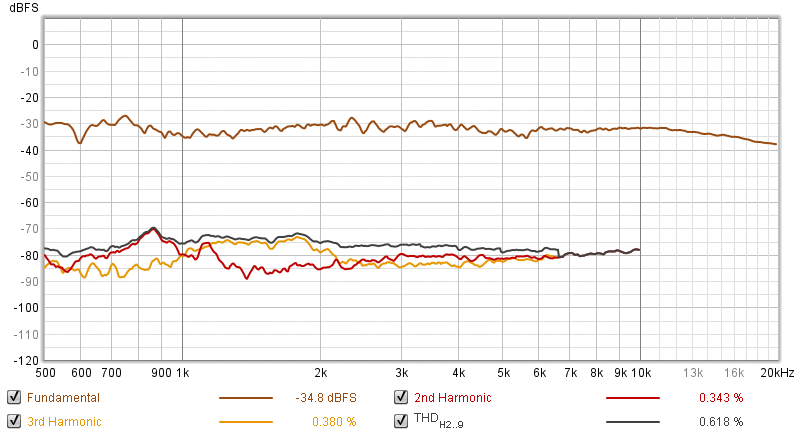 Fig 9 – Harmonic Distortion
Fig 9 – Harmonic Distortion